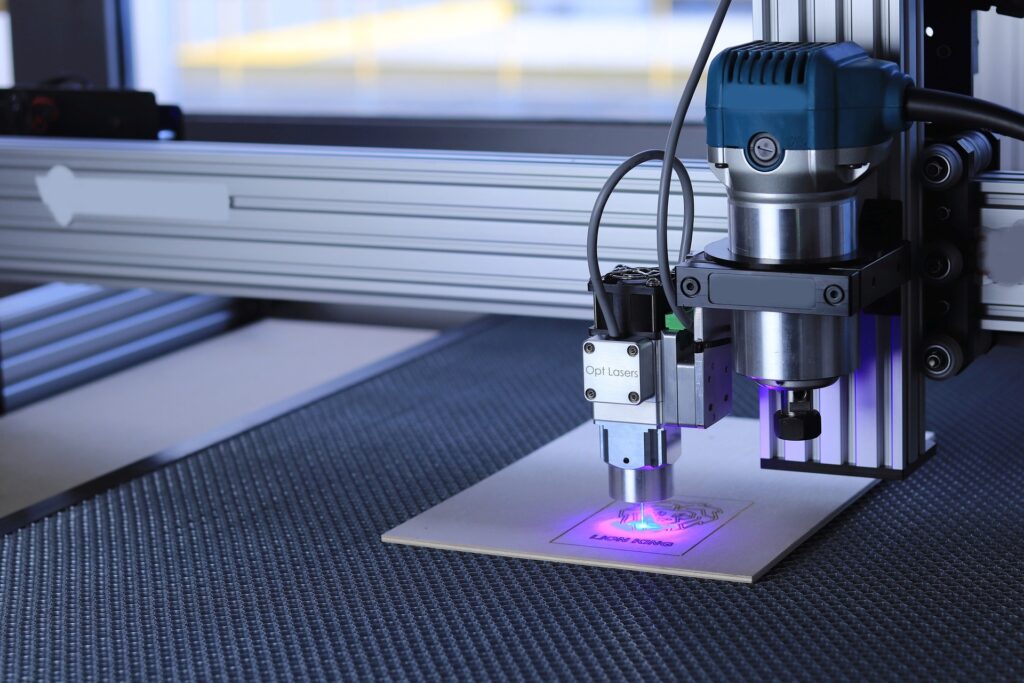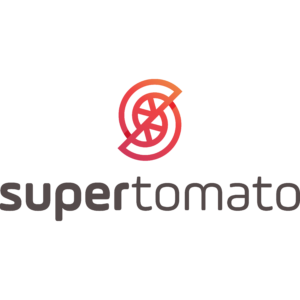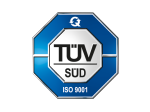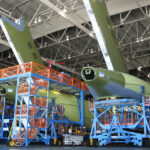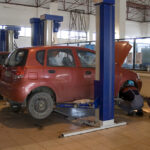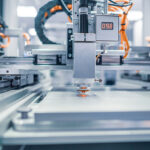Are you looking for a way to add unique markings to your products in Singapore? Laser Technology can help you achieve this goal! However, with so many laser-based techniques available, it can be challenging to know which one is the best fit for your particular project. In this post, we’ll explore the differences between Laser Etching, Laser Marking, and Laser Engraving, and provide tips on how to choose the perfect method for sheet metal, aluminum, and plastic materials commonly used in Singapore your next project.
Laser Etching
Laser etching is a non-contact, non-abrasive process that uses a laser beam to selectively melt the surface of a material, creating a shallow depression or “etch” in the surface. This method is ideal for creating intricate designs or patterns on flat or curved surfaces and is particularly well-suited to materials like glass, ceramics, and plastics.
Laser etching is commonly used in the creation of awards, trophies, and personalized gifts, as well as in the manufacturing of electronic components and medical devices.
When it comes to sheet metal, laser etching is an excellent choice for creating intricate designs on thin sheets of metal. It can also be used on thicker metal sheets, but the depth of the etch may be limited. For aluminium, laser etching is suitable for creating designs or logos on flat surfaces, but may not be ideal for curved or irregular shapes. For plastic materials, laser etching can create detailed designs on both flat and curved surfaces, making it a popular choice in the production of signs and nameplates
Pros:
- Can create highly detailed designs and patterns
- Does not require physical contact with the material, reducing the risk of damage or distortion.
- Can be used on a wide range of materials, including those that are difficult to mark using other methods.
Cons:
- May not be suitable for materials that are too hard or too thick to be etched deeply enough.
- Can be more time-consuming and expensive than other marking methods.
- May not be suitable for high-volume production runs
Laser Marking
Laser marking is a process that uses a laser beam to change the color or chemical composition of the surface of a material, creating a permanent, high-contrast mark. This method is commonly used to apply barcodes, serial numbers, and other identifying information to a wide range of materials, including metals, plastics, and ceramics. Laser marking can also be used to create decorative designs or logos, as well as to mark medical devices and other products with regulatory information.
For sheet metal, laser marking is a great choice for creating permanent, high-contrast marks on a variety of thicknesses. For aluminium, laser marking is effective on both flat and curved surfaces and is commonly used in the aerospace and automotive industries. For plastic materials, laser marking can create detailed and permanent marks on both flat and curved surfaces, making it ideal for products like electronic components and medical devices.
Pros:
- Can produce permanent, high-contrast marks that are easy to read and scan.
- Can be used on a wide range of materials and surfaces.
- Can be automated for high-volume production runs
Cons:
- May not be suitable for materials that are highly reflective or absorbent.
- May not be able to produce highly detailed designs or patterns
- May require additional steps (such as cleaning or pre-treating the surface) to achieve the desired mark quality.
Laser Engraving
Laser engraving is a process that uses a laser beam to remove material from the surface of a material, creating a permanent, three-dimensional mark. This method is commonly used to create deep, highly detailed designs or text on metals, plastics, and other materials. Laser engraving can be used for a wide range of applications, including signage, jewelry, and industrial components.
Pro:
- Can produce deep, highly detailed marks that are permanent and resistant to wear and corrosion
- Can be used on a wide range of materials and surfaces
- Can be automated for high-volume production runs
Cons:
- May not be suitable for materials that are too hard or too soft to be engraved effectively.
- Can be more time-consuming and expensive than other marking methods
- May require additional steps (such as cleaning or pre-treating the surface) to achieve the desired mark quality.
Conclusion
Laser etching, laser marking, and laser engraving are all laser-based techniques used to create designs, text, or images on a variety of materials. The cost and appearance of each technique may vary depending on the material and the specific requirements of the project.
Laser etching and laser engraving are similar techniques that involve removing material from the surface of the material to create a design or text. The main difference between the two is the depth of the cut. Laser etching typically produces a shallower cut compared to laser engraving, which results in a deeper cut. This means that laser engraving can be more expensive than laser etching due to the extra time and energy required to create a deeper cut.
Laser marking, on the other hand, is a process that changes the color of the surface material without removing any material. It is typically less expensive than laser etching or engraving, but the final appearance may not be as visually striking or permanent as the other two methods.
In terms of appearance, laser etching and laser engraving both produce precise and detailed designs with a high degree of accuracy. The final appearance will depend on the material being etched or engraved, but both techniques can produce a permanent and visually striking result. Laser marking, while less expensive, may produce a less defined or permanent result depending on the material and laser parameters used.
In summary, laser engraving can be more expensive than laser etching due to the deeper cut required, but both techniques can produce high-quality results. Laser marking may be less expensive, but the final appearance may not be as visually striking or permanent as laser etching or engraving.
If you’re looking for reliable and high-quality B2B manufacturing solutions, look no further than Monster Builder! Our expertise in sheet metal fabrication, CNC machining, and 3D printing makes us the go-to choice for your business needs. Contact us today to learn more!

